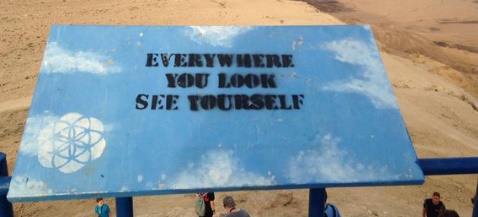 This week’s Torah portion, Vayakhel (Exodus 35:1-38:20) and Haftarah (II Kings 11:17-12:17) present an interesting contrast that has to do with altars. Basically, there are some altars that we should build and some that we should tear down.
This week’s Torah portion, Vayakhel (Exodus 35:1-38:20) and Haftarah (II Kings 11:17-12:17) present an interesting contrast that has to do with altars. Basically, there are some altars that we should build and some that we should tear down.
On the one hand, altars are complicated. They’re built a specific way, serve multiple purposes, and at least from a Jewish and cultic perspective have very strict rules that govern their use, cleaning, location and maintenance. On the other hand, altars are simple (at least conceptually): they are the place where human and Divine meet. Offerings placed on the altar represent the human yearning to be able to offer something to the Source of Life.
So we have altars and altars. Some that we’re supposed to build, and some that we are supposed to tear down. What to make of this?
Let’s start with the altars that we’re supposed to tear down. Perhaps these are the altars that represent a fundamental misunderstanding or distortion of the human/Divine relationship. Perhaps they’re skewed too heavily to either side, or perhaps they’re not about true relationship but something more utilitarian (or idolatrous if you will).
As for the altars that we’re supposed to build. What type of learning and living, what kinds of experiences and meanings, what kind of intentions and aspirations will allow us to build such an altar? I’m not entirely sure, but I have a suspicion that if we live in such a way that we can construct such an altar, we may one day look in the mirror and see that the altar in is fact the sum total of our existence. What would it feel like to look in the mirror and see there, looking back at us, the place where heaven and earth kiss?